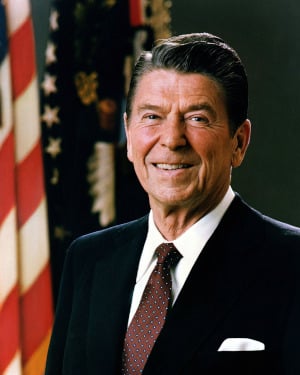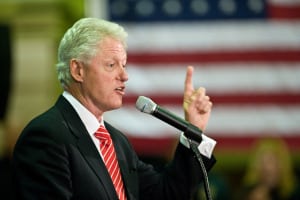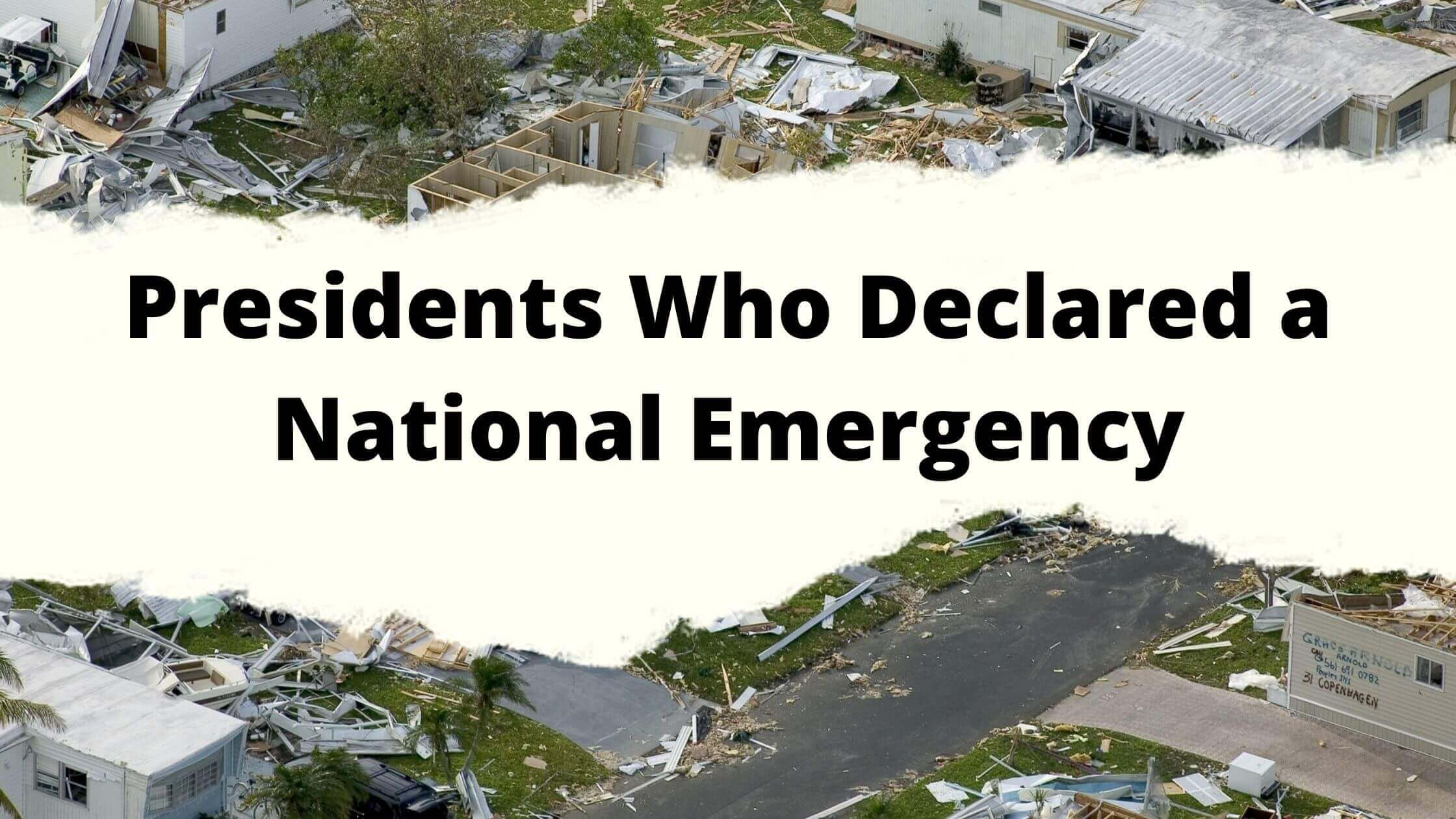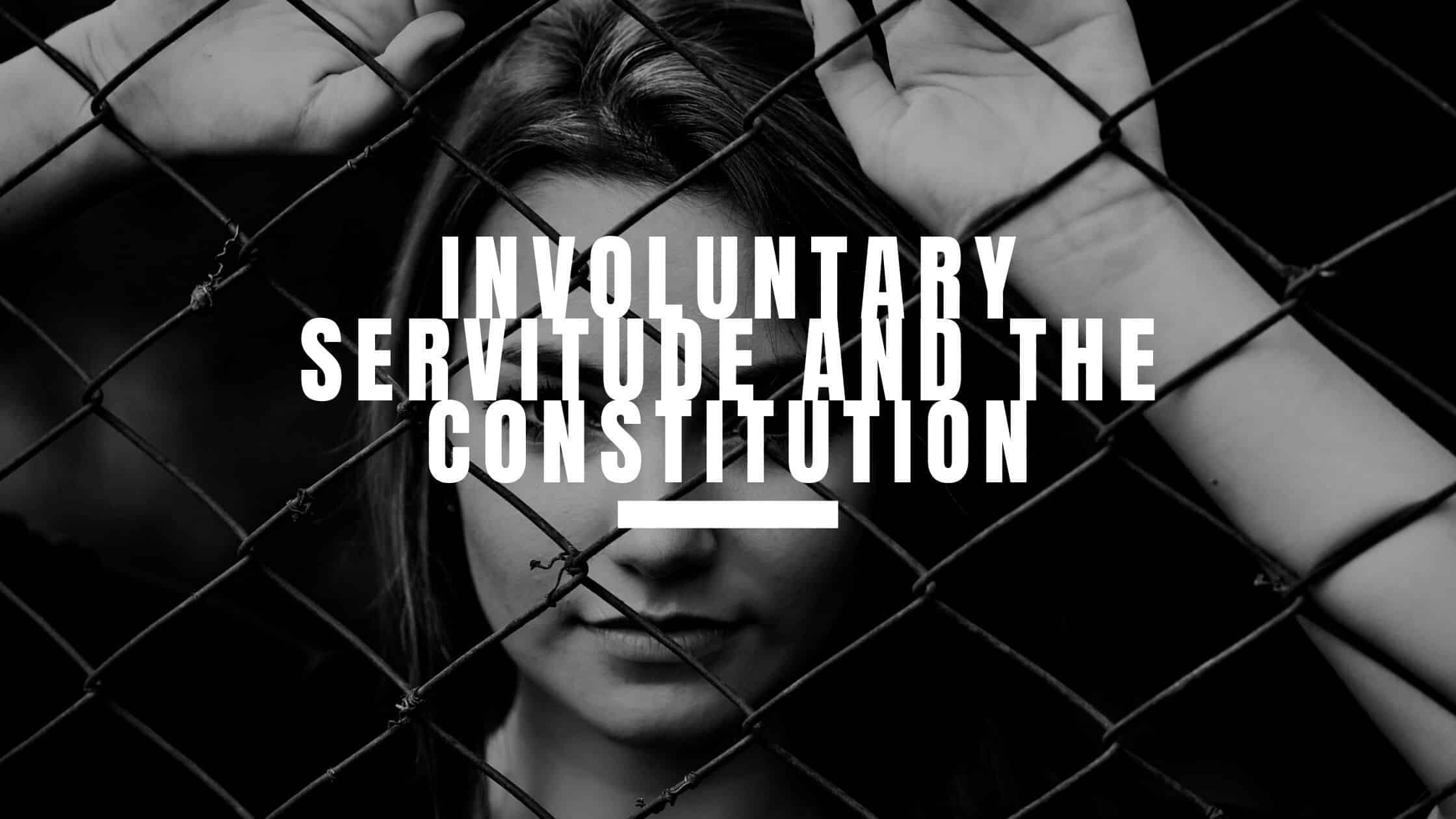Table of Contents
ToggleThe COVID-19 pandemic national emergency declared by President Trump that continues into the present has been the latest instance of a president exercising power to declare a national emergency. While the move has been unprecedented in its scope, there are many other presidents who have declared national emergencies.

Get Smarter on US News, History, and the Constitution
Join the thousands of fellow patriots who rely on our 5-minute newsletter to stay informed on the key events and trends that shaped our nation's past and continue to shape its present.
When is a national emergency declared?
Since the inception of the United States, presidents such as Abraham Lincoln, Franklin Delano Roosevelt, Harry Truman, and Richard Nixon have issued executive orders to circumvent or expedite congressional approval for various interventions ranging from military expansion to responding to civil unrest.
Since the National Emergency Act of 1976 was first signed into law, 58 national emergencies have been declared, with 31 still in effect. Below is a list of United States presidents who have declared national emergencies.
Jimmy Carter
President Carter declared a national emergency in 1979 regarding the Iran hostage crisis, enabling the freezing of Iranian assets and the allocation of resources to assist in the extrication of the hostages in Iran.
Ronald Reagan
President Reagan issued national emergency declarations with regard to prohibiting trade and transactions with Nicaragua in 1980, South Africa and Libya in 1985, and Panama in 1988. All of these national emergency declarations were eventually revoked.

George H.W. Bush
President Bush signed national emergency declarations concerning the blocking of property and prohibition of transactions with Iraq in 1990, the proliferation of chemical and nuclear weapons, the blocking of certain transactions with Haiti in 1991, and the blocking of Yugoslav government property, as well as Serbia and Montenegro property in 1992. All of these national emergency declarations were revoked.
Bill Clinton
President Clinton authorized 15 multiple national emergency declarations. Some of the national emergency declarations he signed are still in effect. These include restrictions on the proliferation of nuclear weapons, measures to prevent the interference of the Middle East terrorist groups seeking to disrupt the Middle East peace process, and blocking of assets of suspected drug traffickers in Colombia. Additionally, restrictions on transactions with Iranian petroleum reserves, regulations of anchorage and movement of vessels in Cuba after civilian planes were shot down in 1996, and the freezing of Sudanese government assets in 1997.

George W. Bush
President George W. Bush made 12 national emergency declarations, 10 of which continue to be in effect. They are:
- Blocking of property of groups interfering in Balkan peace process, specifically responding to Albanian terrorist groups in Kosovo
- Blocking of property and prohibition of transactions of terrorist groups in response to the events of 9/11
- Blocking of property of groups intending to undermine democratic reform in Zimbabwe
- Protection of assets and funding concerning development in Iraq
- Blocking of property and asset transfer of certain persons in Syria
- Blocking of property and assets in relation to groups interfering in democratic processes in Belarus
- Blocking of property and persons contributing to conflict in the Democratic Republic of Congo
- Blocking of property and persons undermining sovereignty in Lebanon
- Continuation of certain restrictions with regard to North Korean missile proliferation
Barack Obama
President Obama issued 12 national emergency declarations, 10 of which persist. They are:
- Blocking of property and persons concerning pirates in Somalia
- Blocking of property and prohibition of certain transactions concerning civil unrest in Libya
- Blocking of property with regard to international criminal organizations including the Camorra, Brothers Circle, Los Zetas, and the Yakuza
- Blocking of persons concerning civil unrest in Yemen
- Blocking of persons concerning the annexation of Crimea in Ukraine
- Blocking of property of certain persons concerning civil unrest in South Sudan
- Blocking of property with regard to the humanitarian conflict in the Central African Republic
- Blocking of the property concerning civil unrest in Venezuela
- Blocking of property of certain persons involved in malicious internet activity related to cyber attacks
- Blocking of property of certain persons involved in the failed coup attempt in Burundi

Donald Trump
President Trump has issued eight national emergency declarations that still are in effect, including the COVID-19 declaration:
- Blocking of property of certain persons involved in the persecution of Rohingya Muslims in Myanmar
- Sanctions in response to election interference alleged by Russian hackers
- Blocking of property of certain persons involved in the dismantling of democratic institutions in Nicaragua
- Declaring a national emergency along the Southern border of the United States
- Securing the information and communication services supply chain
- Blocking of property of certain persons involved in political unrest in Mali
- Blocking the property and suspending re-entry of certain persons engaged in civil unrest in Syria
Although national emergencies are not declared often, the above instances show that many presidents declared a national emergency, granting emergency powers to the federal government to control and hopefully improve various domestic and international crises.









